The U.S. Patent and Trademark Office published a number of Apple patents early Tuesday, at least five of which relate to iOS and more specifically the iPhone and iPad. Most are continuations of previous patents, offering tweaks and language changes that further define their respective inventions.
Email client GUI
Perhaps the most interesting of Tuesday's published patents is U.S. Patent No. 8,253,695 for an "Email client for a portable multifunction device." The invention was first filed for in 2007 and describes a graphical user interface for an email system to be used on portable devices like the iPhone.
According to the patent background, the '695 patent was meant to do away with clumsy button-controlled operation of email clients as seen on devices at the time. It is noted that conventional methods of handling electronic messages are not intuitive and sometimes require complex menu systems. Apple sought to simplify things with by adding the power of a touchscreen into the mix.
The patent calls for a touchscreen device to display both a list of emails and the messages themselves. In the system, the first portion of a list of email entries is displayed with their respective subject headings. Upon detecting a gesture on the touchscreen, a preview area is created in a second area of the screen, this time showing a portion of the message with the subject line removed. When the email preview is displayed, the list of entries is still viewable above, and both areas are browsable using finger gestures.
Source: USPTO
While it seems the patent wasn't implemented in the iPhone, which has a hierarchical GUI to conserve valuable screen real estate, the solution could one day find its way to a future Apple device.
Among the patent's inventors is Scott Forstall, Apple's senior vice president of iOS Software.
Touchscreen GUI patents
Among the patents issued to Apple were four UI inventions: a continuation of the company's "rubber-banding" utility; a graphical representation of available storage; a property regarding missed phone calls; and an interface to intuitively edit text content.
U.S. Patent No. 8,255,798 for a "Device, method, and graphical user interface for electronic document translation on a touch-screen display," describes a solution for manipulating electronic documents, like web pages or emails, on a small-screened portable device.
A continuation of Apple's '381 "rubber-banding" patent, which the company successfully asserted against Samsung in its recent high-stakes trial, the '789 patent offers an intuitive UI for "scrolling lists of items and for translating, rotating, and scaling electronic documents that are easy to use, configure, and/or adapt." The claims are nearly identical, and propose a system in which an electronic document is "translated," or moved in the same direction as a user's finger when scrolling. Once the edge of the document is reached, and the user lifts their finger off the screen, the document will "bounce" back to fill the display. The area around the document's edges must be "visually distinct," as seen in iOS 5's grey patterned background.
Other than a few detailed changes and cleaning up of ambiguous wording, the '798 patent is nearly identical to its parent property.
Apple's U.S. Patent No. 8,255,428 for "Graphical representation of assets stored on a portable media device," looks to present a UI that allows a user to view the amount of storage used by quickly viewing a chart or other graphic.
The invention, filed for in 2011, is meant to be used in portable media players like the iPod touch, but can be extended for use in the iPhone and iPad. According to the patent summary, metadata is taken from various media types, including video and audio, and is then displayed graphically.
In some embodiments, a pie chart can be used to display information regarding a list of media assets, such as song length, song type or artist. By breaking up a user's media library into groups, the patent allows for an enhanced overview of how storage is being utilized in their device. Basically, the invention is a way to graphically compare various media metrics, from genres in a playlist all the way down to individual songs.
Next is a continuation of another Apple invention. U.S. Patent No. 8,255,003 for "Missed telephone call management for a portable multifunction device," describes the missed phone call system seen in iOS.
From the patent summary:
Missed telephone call information is displayed, including a list of items, wherein at least one of the items corresponds to a plurality of missed telephone calls from a respective caller.
Also described is the missed call list that has been present on the iPhone since it was first introduced in 2007. Users can simply touch a name or contact from the list to automatically dial that person's number.
Going further, a second object is present that will open the contact's information, where a variety of methods such as email can be selected by the user for communication.
Finally, Apple's U.S. Patent No. 8,255,830 for "Methods and graphical user interfaces for editing on a multifunction device with a touch screen display," is a continuation of a previous invention regarding how users edit text input on a touch screen.
iDevice users will be familiar with the '830 patent's main graphical asset: the magnifying glass. What is called for is a method in which a user can easily select a string of characters to edit, which is accomplished by use of magnification and unique graphical assets like text highlighting.
According to the patent's claims, a user touches editable content which is then magnified. An insertion marker is then presented, with highlighted text following the user's finger until it is lifted off the screen. Upon lift off, a second insertion marker is displayed, denoting the boundary of text to be edited and a command icon is shown offering options such as cutting or copying.
The invention is an attempt to elegantly solve the problem of selecting and editing content on a touchscreen device.
 AppleInsider Staff
AppleInsider Staff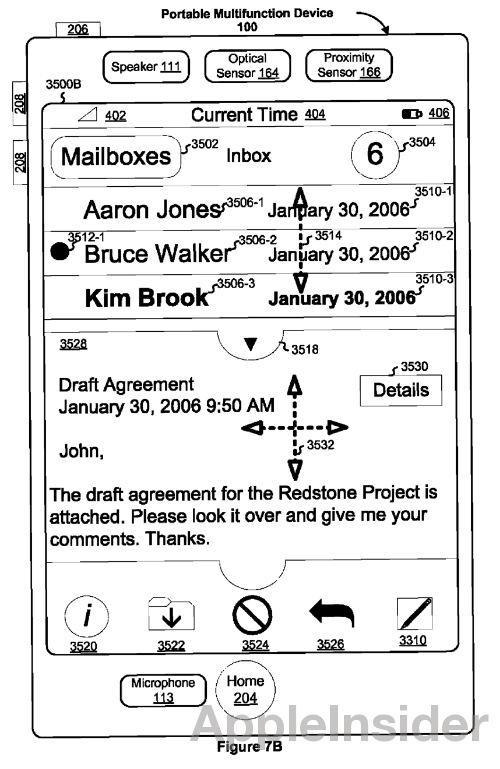
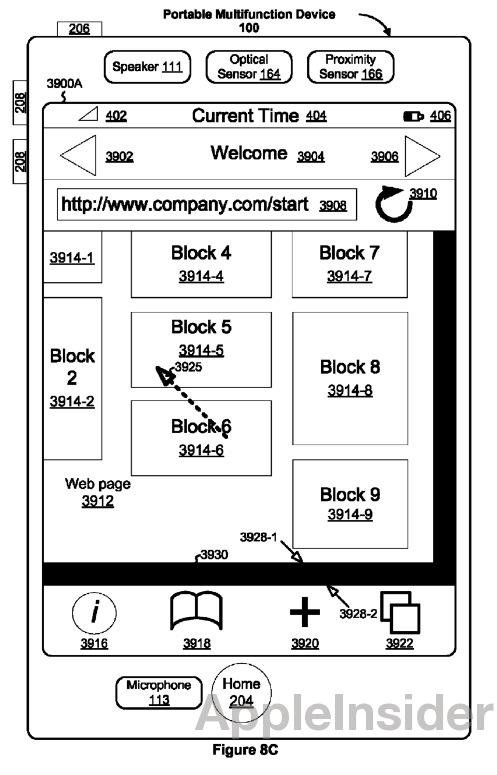
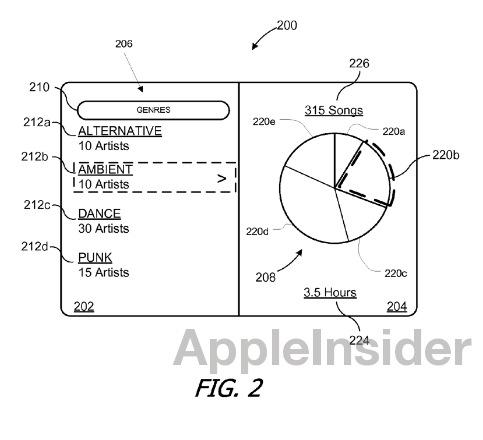
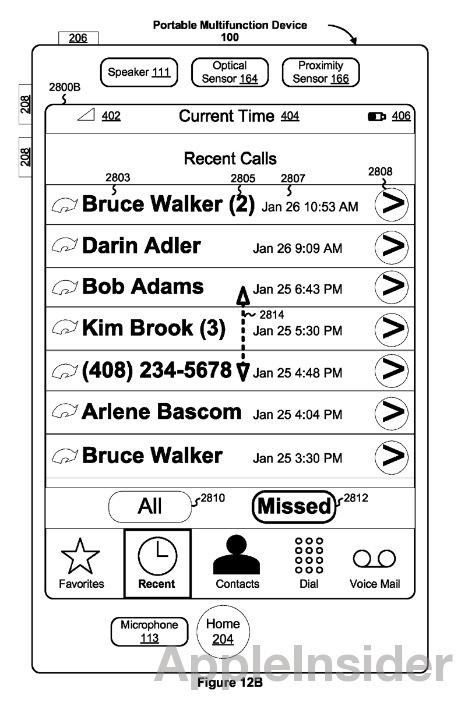
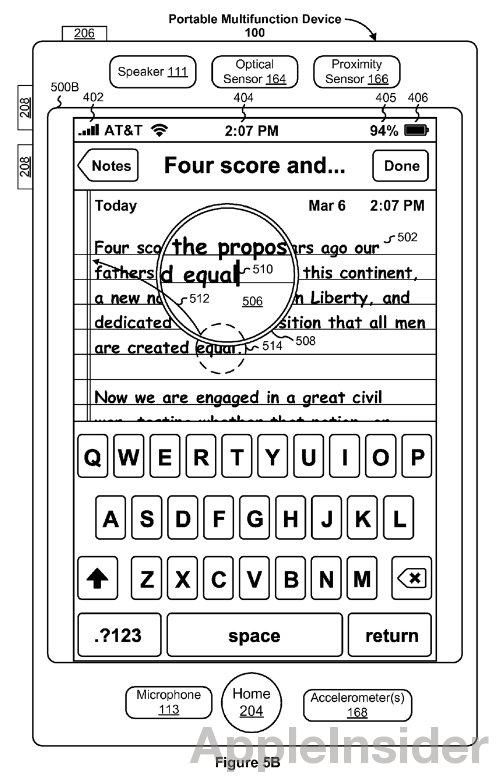







-m.jpg)





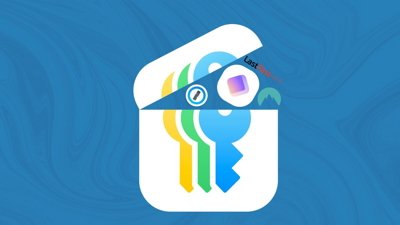
 Bon Adamson
Bon Adamson
 Marko Zivkovic
Marko Zivkovic
 Amber Neely
Amber Neely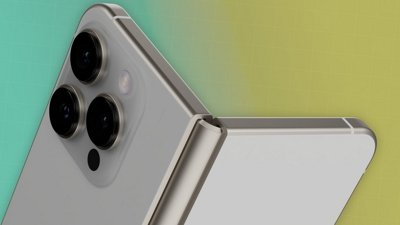
 Malcolm Owen
Malcolm Owen
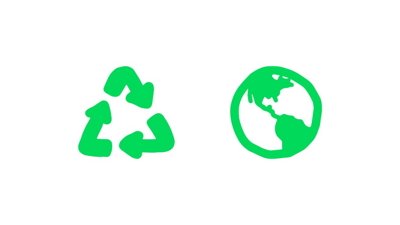

 Christine McKee
Christine McKee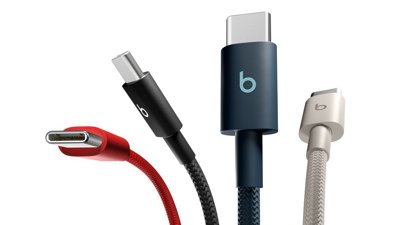



-m.jpg)






64 Comments
Congratulations to Apple, but most of these serve as perfect examples why software patents should not have been introduced....
These are not inventions, but programming solutions.
Just listen, you can hear the FOSSer's screaming on Engadget, Ars, Life Hacker and on and on. I just love that sound
Congratulations to Apple, but most of these serve as perfect examples why software patents should not have been introduced....
These are not inventions, but programming solutions.
I hope Samung et al produce their own programming solutions.
I hope Samung et al produce their own programming solutions.
why? they should just innovatively copy these
[quote name="stniuk" url="/t/152177/apple-awarded-litany-of-vital-ios-gui-patents-continuations#post_2177440"] I hope Samung et al produce their own programming solutions. [/quote] Precisely. Innovate, don't imitate.